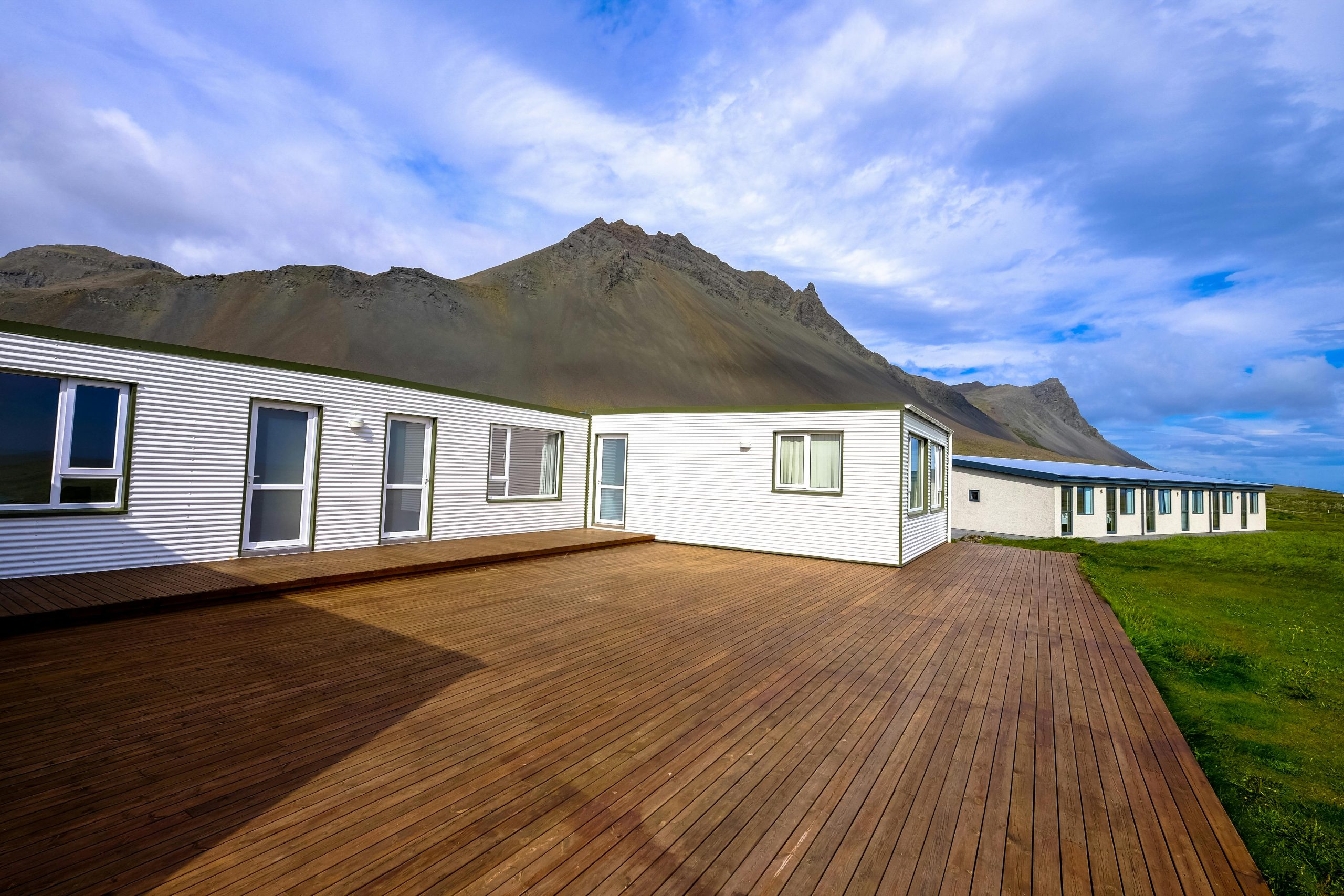Building a deck can transform your outdoor space into a versatile, functional area for entertaining and relaxation. Before embarking on this rewarding home improvement project, it’s essential to understand the key considerations and steps involved in deck installation. This guide covers the primary aspects you need to know to ensure a successful, safe, and long-lasting deck.
Materials to Use for Your Deck
Comparing Wood and Composite Materials
The decision between using natural wood or composite materials is a significant one, deeply impacting your deck’s aesthetics, durability, and maintenance needs. Natural wood brings an authentic, rustic charm but requires frequent sealing, staining and can be prone to rot and insect damage. On the other hand, composite materials offer longevity and low maintenance, though they often come at a higher initial cost and can lack the traditional appeal of real wood.
Natural wood tends to be less expensive upfront but can become more costly over time due to maintenance requirements. Composites, while initially more expensive, offer cost savings in the long run due to minimal upkeep. It’s crucial to weigh these factors against your budget and maintenance preferences to make an informed choice.
Beyond cost and maintenance, environmental impact might be a consideration for some homeowners. Wood is a renewable resource, but it can strain timber supplies, while composites often use recycled materials and are eco-friendly in origin. Deciding on the right material requires balancing these environmental impacts with practical and aesthetic considerations.
Evaluating Material Options for Climate Suitability
The climate of your region plays a significant role in how well your deck materials will perform over time. Certain woods like cedar and redwood excel in drier climates due to their natural resistance to moisture and insect damage. In contrast, tropical hardwoods or composite materials may fare better in wetter regions due to their greater resistance to decay and warping.
Regular exposure to sun, rain, and temperature fluctuations can exacerbate wear on a deck. Composite materials tend to resist fading better than natural wood, making them an advantageous choice in very sunny areas. Conducting research based on your area’s weather conditions can guide you to a material selection that ensures better durability and performance.
Snow and ice can also greatly affect decking materials. In colder climates, be sure to choose a material with adequate traction and resistance to cracking from freeze-thaw cycles. Ultimately, choosing a material well-suited to your local climate can prevent unnecessary maintenance costs and prolong the life of your deck.
How to Prepare Your Yard for Deck Installation
Site Assessment and Planning
A thorough site assessment is the crucial first step in preparing your yard for deck installation. This includes evaluating the ground conditions, checking soil stability, and knowing the water drainage patterns to prevent future issues like erosion or flooding. It’s also important to consider how the deck’s location will relate to sun exposure and views, as these factors will influence usability and enjoyment of the space.
Site planning doesn’t stop at considering geographical features; it extends to understanding local wildlife and vegetation that could impact your deck. Trees might need to be pruned or removed, and certain plants could interfere with deck stability or the overall landscape design. Planning helps avoid last-minute surprises and lays the groundwork for a smoother construction phase.
Furthermore, knowing where utility lines are located is pivotal to safe construction. Professional site surveys can identify the exact placement of electrical, water, or gas lines that need to be avoided. Taking these precautions is essential for meeting legal requirements and achieving a successful deck installation.
Obtaining Permits and Meeting Legal Requirements
Before construction can begin, securing the appropriate permits is both a legal necessity and vital to a successful project. Local building codes dictate requirements for deck height, structural supports, and safety features like railings. Adhering to these codes prevents legal issues and ensures that your deck is a safe addition to your home.
In addition, understanding zoning laws and setback regulations is necessary when planning your deck. These laws determine how close structures can be built to property lines and nearby buildings. Being aware of these restrictions early on can prevent costly adjustments later in the process.
Common Mistakes to Avoid During Deck Installation
Avoiding Structural Issues and Ensuring Safety
A sound structure is imperative for a safe and durable deck, but several common mistakes can undermine this. Improper spacing of deck boards is one such issue that can lead to an unstable decking surface and potential water damage. Ensuring correct spacing not only contributes to surface stability but also enhances the deck’s aesthetic appeal.
Another crucial aspect is the alignment and secure fastening of the deck’s framework. An improperly fastened frame can result in uneven surfaces and compromised safety, especially under heavy loads. Using high-quality, weather-resistant fasteners is essential to prevent rusting and weakening over time.
Ensuring Quality and Longevity
The longevity of your deck heavily relies on the quality of materials and craftsmanship. Poor installation methods, such as rushed or inaccurate measurements, can lead to rapid deterioration. Taking the time to ensure precision and quality in every step of the process pays dividends in the form of a long-lasting deck.
Proper finishing is key to a deck’s durability, protecting it from the elements and preventing decay. Regular applications of sealants or stains help preserve the wood and maintain its appearance over time. Weatherproofing is another critical step, keeping moisture from penetrating and weakening the structure.
Deck installation can significantly enhance your home’s value and your outdoor enjoyment. By carefully selecting materials, thoroughly preparing your site, and avoiding common mistakes, you can create a durable and attractive deck. This guide provides the foundational knowledge necessary to embark on your deck-building journey with confidence.




